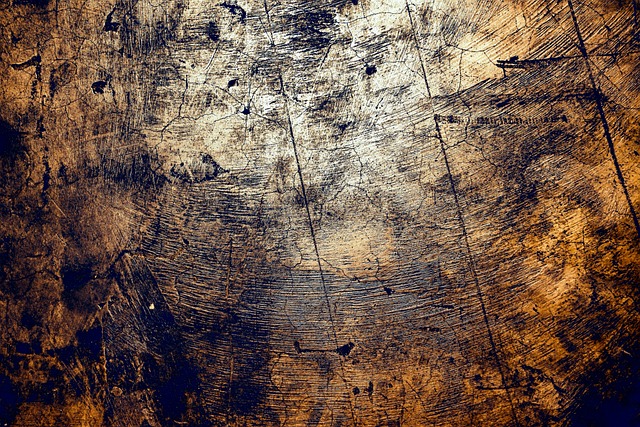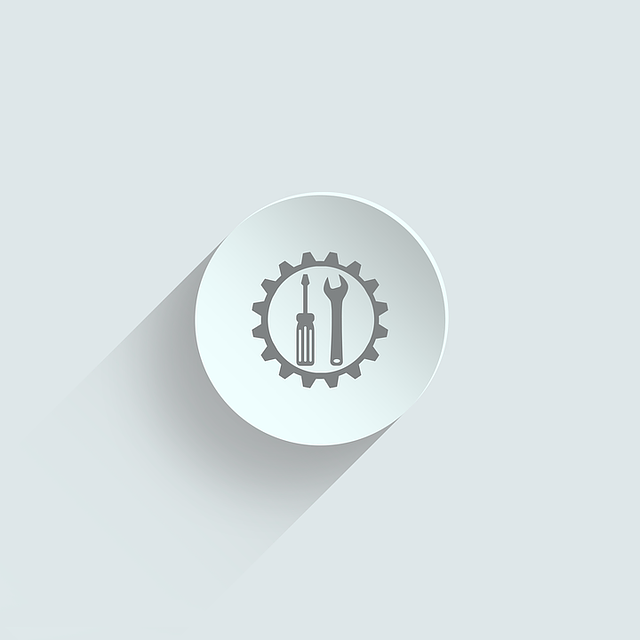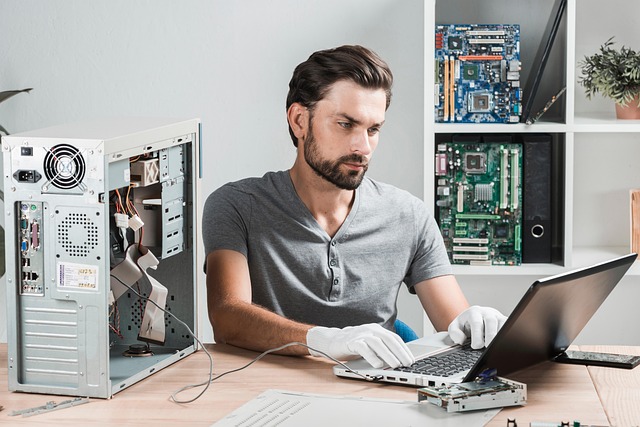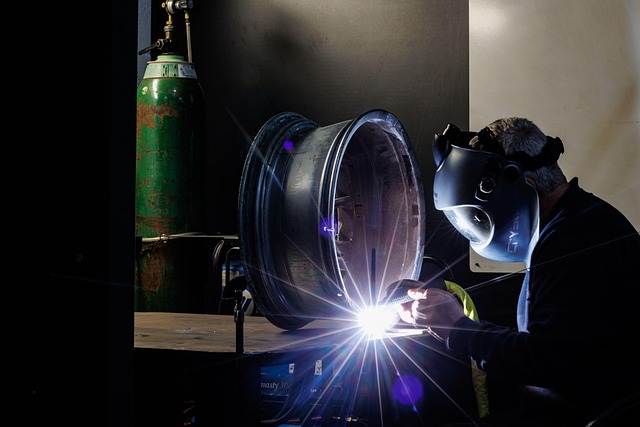Pier installation is a specialized construction process crucial in regions with seismic activity or unstable soil, addressing stem wall repair and foundation reinforcement to mitigate settlement issues and prevent building damage. Contractors play a key role in planning and executing these repairs, navigating challenges like soil condition assessments and material selection for custom solutions. Despite structural integrity, pier installations face issues like bowing/tilting piers, water damage, and cracks requiring expert assessment and repair. Stem wall repair is critical for maintaining stability and longevity, with contractors needing advanced expertise and accuracy to address foundation damage from poor soil integrity or environmental factors. The process begins with site assessment, preparation, pile driving, attachment of vertical supports, and finishing touches, incorporating essential stem wall repairs. Prioritizing safety, adherence to protocols, and regular maintenance are vital for sustained sturdiness. Selecting experienced contractors with licenses, insurance, and certifications is crucial for project success.
Pier installation is a specialized construction process, crucial for supporting structures in challenging environments. This article delves into the world of pier contractors, exploring their pivotal role in successful projects. From understanding pier purposes to addressing common issues like stem wall repair, we guide you through essential aspects. Learn about expert requirements, installation steps, safety measures, and maintenance tips. Moreover, discover how choosing the right contractor ensures a robust and long-lasting pier structure, with stem wall repair as a key focus.
Understanding Pier Installation and Its Purpose

Pier installation is a specialized construction process that involves the strategic placement and securing of piers, which are vertical supports used to enhance structural integrity and stabilize existing structures or prepare sites for new constructions. This technique is particularly crucial in regions prone to seismic activity or unstable soil conditions, as it offers a robust solution for stem wall repair and foundation reinforcement.
The primary purpose of pier installation is to mitigate settlement issues, prevent building damage, and ensure the long-term stability of structures. By driving or drilling piers into the earth at specific intervals, contractors create a stable network that distributes the weight of the building evenly across a broader area, effectively counteracting the effects of soil movement or weak foundations. This method is often employed in retrofitting older buildings or as a component of new construction projects, especially in challenging geological settings.
The Role of Contractors in Pier Projects

Pier Installation contractors play a pivotal role in successful pier projects, offering expertise and skills crucial for structural integrity and longevity. They are responsible for the meticulous planning and execution of stem wall repair, ensuring old or damaged walls are reinforced or replaced to bear the weight of the structure effectively. These professionals understand the unique challenges posed by pier construction, from assessing soil conditions to selecting appropriate materials.
Their work involves designing custom solutions, installing support systems, and guaranteeing stability for residential or commercial properties. By employing advanced techniques and adhering to safety standards, contractors ensure that piers are not just structurally sound but also aligned with aesthetic goals. They collaborate closely with engineers and property owners to incorporate specific design elements while addressing any stem wall issues, enhancing the overall durability and appeal of the structure.
Identifying Common Pier Issues Requiring Repair

Pier installations, while structurally sound, can face various issues over time, leading to the need for professional repair services. One common problem is bowing or tilting piers, which can be caused by improper initial installation, settlement of the soil, or changes in moisture levels. These issues often manifest as cracks in the pier or stem wall, requiring careful assessment and repair by experts.
Another frequent concern is water damage, as leaks or seepage can compromise the integrity of the pier system. This may include rusting steel components, deteriorated wood, or damaged concrete, all of which contribute to structural weakness. Stem Wall Repair becomes crucial in such cases, addressing not only the visible damage but also ensuring the long-term stability and safety of the entire structure.
Stem Wall Repair: A Critical Aspect of Pier Work

Stem Wall Repair is a crucial aspect of pier work, often overlooked but critical for ensuring stability and longevity of structures supported by piers. Pier installation contractors should have expertise in assessing and repairing stem walls, as these vertical supports play a vital role in distributing weight evenly across the foundation. Over time, stem walls can develop cracks, settle unevenly, or become damaged due to environmental factors like shifting soil or excessive moisture.
During pier work, contractors must inspect the stem wall for any signs of damage and implement targeted repair strategies. This may involve reinforcing weak spots with additional structural elements, replacing faulty sections, or addressing issues related to water intrusion. Proper Stem Wall Repair not only enhances the overall integrity of the structure but also prevents future complications, ensuring the safety and durability of the building.
Expertise Needed for Effective Pier Installation

Pier installation, especially in areas prone to seismic activity or fluctuating water levels, requires a high level of expertise and precision. Contractors engaged in this specialized work must possess extensive knowledge of structural engineering principles to ensure stability and longevity of the pier system. They should be adept at assessing soil conditions, as these play a pivotal role in determining the type and depth of piers required for any given project.
Moreover, effective pier installation involves addressing potential stem wall repair issues that may arise from foundation damage caused by poor soil integrity or environmental factors. Contractors must be skilled in identifying and rectifying these problems to prevent further complications and ensure the structural integrity of the entire construction.
Steps Involved in Pier Installation Process

The pier installation process involves several crucial steps to ensure a sturdy and reliable structure. It begins with an extensive site assessment to determine the best location and design for the piers, considering factors like soil conditions and load requirements. Next, a foundation is prepared by excavating and installing stem wall repairs where needed, creating a solid base for the piers.
Once the foundation is set, the actual pier installation commences. This typically involves setting piles, which can be concrete or steel, into the ground to the required depth. After verification that the piles are secure, vertical supports or beams are attached, forming the framework of the pier system. The process concludes with the addition of any necessary finishing touches, ensuring a robust and aesthetically pleasing structure.
Ensuring Safety and Compliance during Construction

When hiring pier installation contractors, safety should be a top priority. Pier construction often involves working at heights and with heavy equipment, making it crucial to adhere to strict safety protocols. Reputable contractors will have comprehensive safety measures in place, including regular training for their staff, use of appropriate personal protective equipment (PPE), and adherence to local building codes and regulations. This ensures not only the well-being of workers but also the structural integrity of the final product, like a sturdy stem wall repair.
Compliance with industry standards and regulations is equally important. Pier installation contractors should be up-to-date on the latest techniques and best practices in their field. They must obtain the necessary permits and certifications to operate legally and ensure their work meets all safety and quality standards. This includes using approved materials, following engineering specifications, and conducting thorough inspections throughout the construction process to prevent any potential hazards or structural failures.
Maintenance Tips for Long-Lasting Pier Structures

Regular maintenance is key to ensuring your pier structures remain sturdy and durable for years to come. One critical aspect is monitoring and addressing any signs of stem wall repair issues promptly. Stem walls, which support the foundation of piers, can suffer from cracks or erosion over time due to exposure to elements like water and sunlight. Regular inspections should be conducted to identify these problems early on.
To maintain long-lasting pier structures, it’s essential to keep the area around the stems clean and free from debris. This prevents any additional strain on the walls and ensures proper drainage. Additionally, applying protective coatings or sealers can safeguard against moisture absorption, further strengthening the stem walls and enhancing the overall integrity of the pier system.
Choosing the Right Contractor for Your Pier Project

When it comes to pier installation, selecting the ideal contractor is a pivotal decision that can make or break your project’s success. With numerous options available, it’s essential to find a team with proven expertise and a strong track record in pier construction and Stem Wall Repair. Look for contractors who possess the necessary licenses, insurance, and certification to handle such specialized work safely and effectively.
Consider their experience with similar projects, requesting references and reviewing past client testimonials. A reputable contractor should be able to provide detailed project plans, offering transparency throughout the process. Effective communication and a thorough understanding of your requirements are key indicators of a reliable partner for your pier installation needs.
